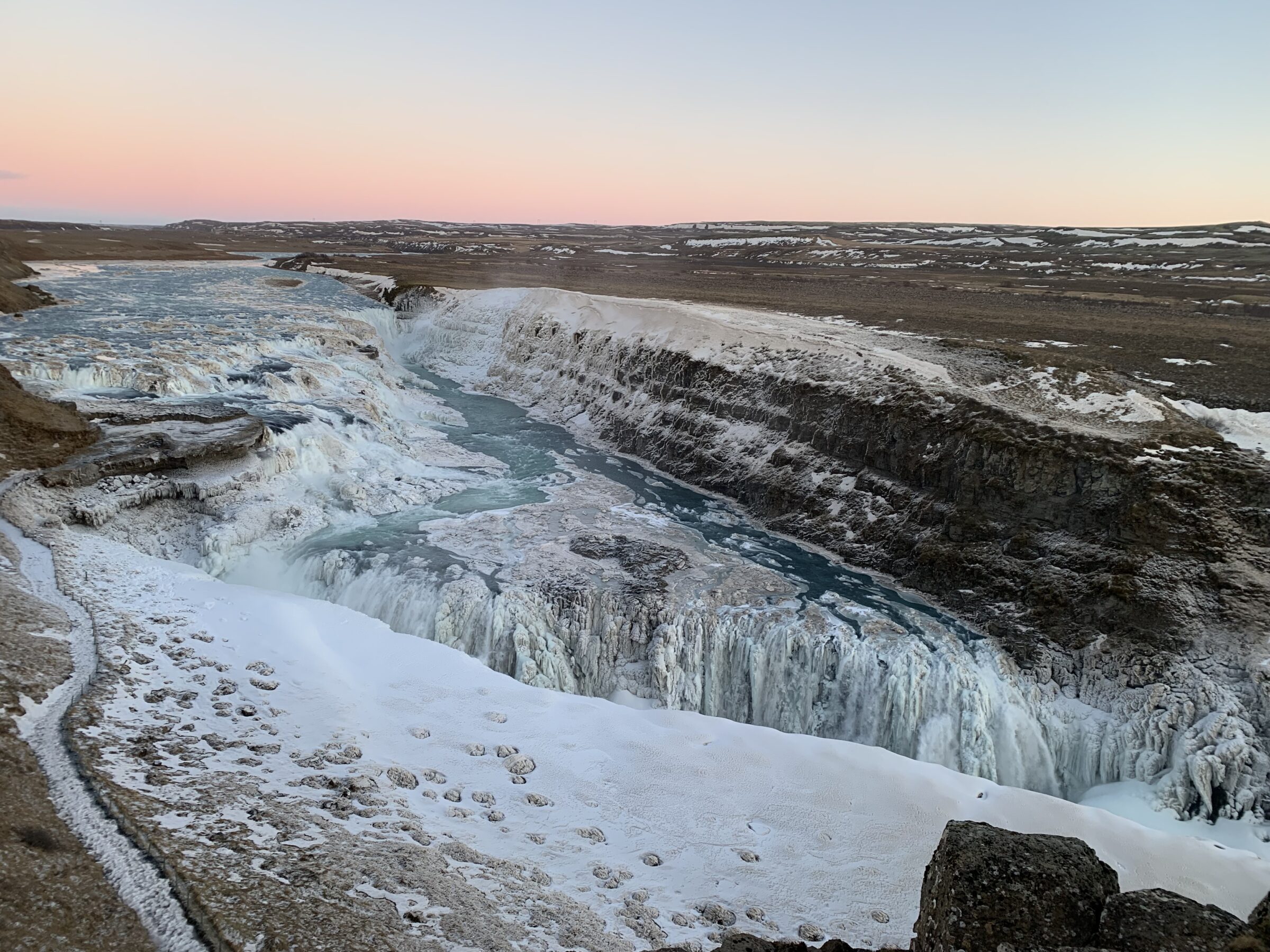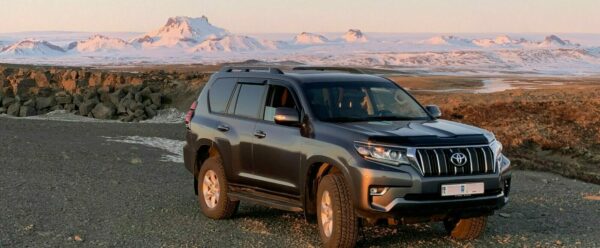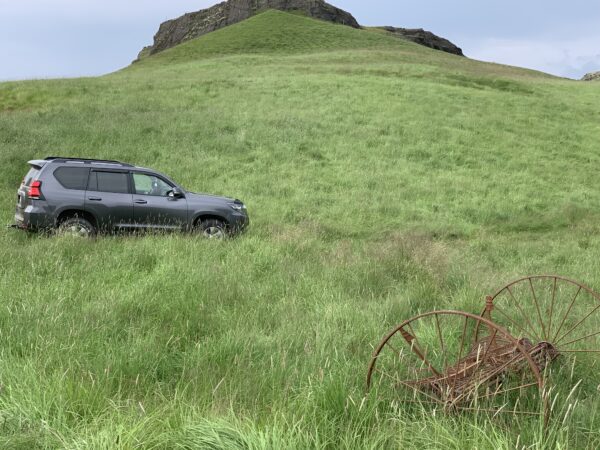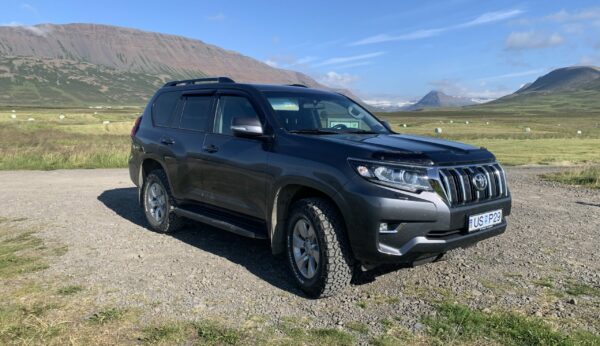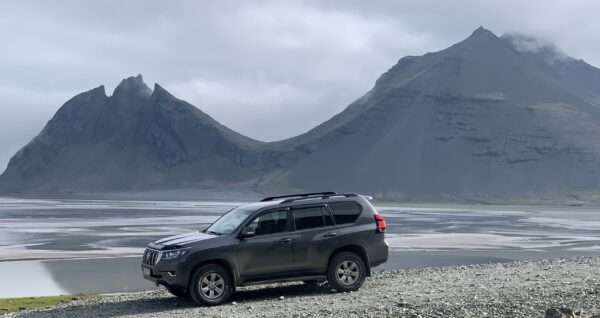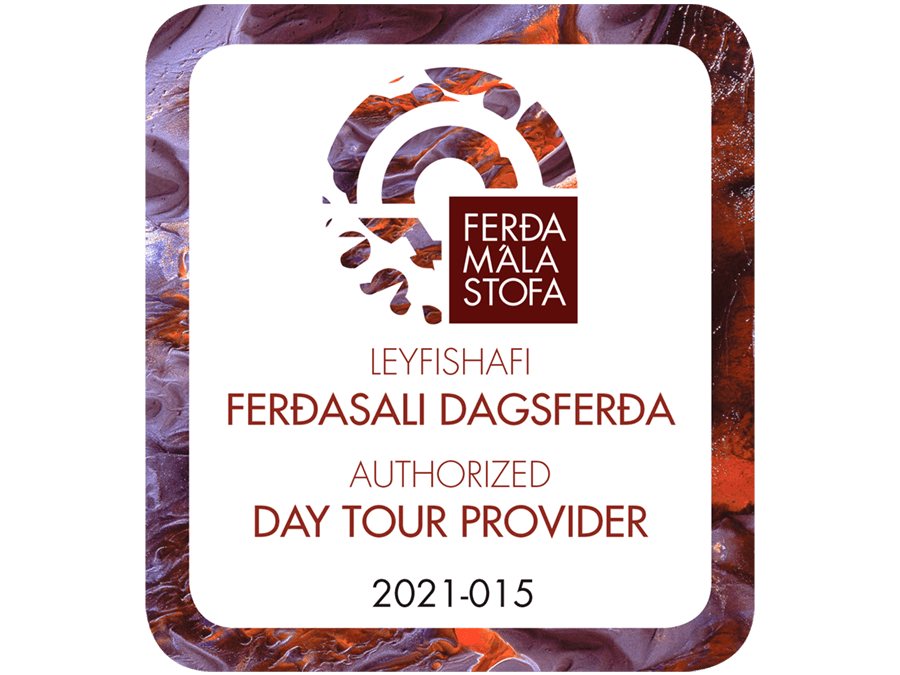Iceland is beautiful in all four seasons. In summer you enjoy 24 hour daylight and witness the midnight sun over the horizon. In summertime you can reach the most remote location in the highlands, while in wintertime they are not accessible.
Autumn is short in Iceland. At the end of August the trees become yellow and rusty color. You may experience temperature around 6° C (43°F). The change of the weather may bring you the opportunity to see the Northern Lights. You still can travel the ring road and there are plenty to see without going far. But remember, extreme weather conditions might interrupt your itinerary, as weather can be completely unpredictable during winter time. Therefore, please pack your warm cloths, with scarfs and hats, if you plan to visit in Autumn and Winter.
In Winter you can expect more darkness, and the shortest day in Iceland is 21st of December. Four to six hours daylight, but still magic to see such as the Aurora Boralis. The temperature drops down to 1°C (34°F)
Prices are lower during wintertime and the density of tourist are much lower compared to summertime.
It really does not matter when your travel to Iceland, as you will for sure find things you will love. But the highlands are closed from late autumn until late June in summertime, but some glacier tours are accessible.
Travelling in Iceland in the winter isn´t always easy and in fact it can be quite difficult and dangerous at times. We never recommend people who don´t have good experience in driving in harsh situations like ice, snow, and wind to drive here in winter. Tours can easily be cancelled during winter time due to weather conditions. Road closures are common in wintertime and when that happens there might be some waiting involved and perhaps prevent you from your original plan all together and might need to switch what was planned as an outdoors excursions day for a cozy day of museums, cafés or shopping. Now we are not trying to discourage you to travel in wintertime, but merely trying to help you manage your expectations and prepare you for that there might be sudden changes to your trip. Always check the weather and road conditions, be prepared and dress warmly. For more information about the climate and weather in Iceland, visit the Icelandic Met Office website. Road administration website:
See Dohop and Icelandair
Depends on what you will be doing in Iceland, in which season. Are you only planning to stay in Reykjavik, or do you plan to go around on day tours, and possibly take short hiking tours in the highlands?
The name "Iceland" might give you some indication what to pack. Basically you should expect all kinds of weather, no matter what the season is. We recommend you to bring:
We also recommend bringing reusable water bottle to refill and a rucksack or small backpack for your daily essentials, such as camera, wallet, medications, extra clothing layers, etc.
This is perhaps the most difficult question. Firstly, the name Iceland is not very attractive, but the country enjoys a much milder climate then the name suggests. Besides the weather is unpredictable. We have a saying in Iceland: If you do not like the weather in Iceland then wait 10 minutes. It will change.
Iceland has four seasons, Summer, autumn, winter, and spring. All seasons have their own characteristics, and all are remarkable great.
Summer is the country high season for travelling. The weather is milder, and an abundance of daylight. The most remarkable feature of an Icelandic summer is the "Midnight sun". Solstice is 21st of June. The highland roads open in late June and stay open until late Autumn. That is the only time you may visit the famous “Landmannalaugar” (unless you go on a super jeep winter tour). Hiking tour in the highlands are only possible in July/August
Autumn is short in Iceland. From the end of August until early November. It is a popular time to travel, even though it is little colder compared to summertime. You may experience temperature around 6° C (43°F). You will see the beautiful color combinations of the vegetation turning yellow and rusty color. The change of weather may bring you the opportunity to see the Northern Lights. You still can travel the ring road and there are plenty to see without going far. But remember, extreme weather conditions might interrupt your itinerary, as weather can be unpredictable. Therefore, please pack your warm cloths, with scarfs and hats, if you plan to visit in Autumn and Winter.
In Winter you can expect more darkness, and the shortest day in Iceland is 21st of December. Four to six hours daylight, but still some magic scenery to see such as the Aurora Borealis. The temperature drops down to 1°C (34°F). If you plan to drive during wintertime, then you should take special precautions to the icy conditions
Prices are lower during wintertime which is from November to March. The density of tourist is much lower compared to summertime, excluding Christmas and New year’s eve which is very popular time in Iceland. Some like visiting and bath in the hot springs which are open all year around. Bathing in the hot springs is especially nice when you have snow covering all the surroundings. It is not always snow in Iceland, but it certainly comes and goes very fast.
It really does not matter when your travel to Iceland, as you will for sure find things you will love.
Spring comes in April and May. But due to unpredictable weather, then you may expect snow falling during those two months. Spring is the time when the migration birds start coming. The first Puffins comes in April and leaves in September. Springtime weather can be anywhere between 0 to 10°C (32-50°F). The highlands are closed during springtime. Fewer tourists are around, and prices are lower.
If we have wind or rain, which are common in Iceland, then we will not be affected. That will not stop us in our day tours, but please remember to bring waterproof jackets and trousers and good shoes. If we will have extreme weather conditions or bad road condition, we might need to adjust or cancel the trip.
What are the Northern Lights?
The Northern lights are caused by interaction of charged particles from the sun (called solar wind) when it collides with the Earth‘s magnetic field at a high speed. When this happen usually most of the particle are pushed back, but small part of these particles escape into the Earth´s magnetic field and forms a collar around the magnetic poles. This is at altitude between 100 to 250 km. The green light (sometimes yellow and red) appears due to excited oxygen on one hand and Nitrogen on the other hand.
Why you can see Northern Lights in Iceland?
There are few reasons why the Northern Lights can be seen very well in Iceland. Firstly, the country of Iceland is in the Northern region of Europe, located in high latitude (64° to 66° north) and is therefore perfectly located. Secondly, in Iceland it is easy to find dark spots without light pollutions, but the Northern Lights are best seen in total darkness.
When and where you can see Northern Lights
From late August until mid-April you can see the Northern Lights in Iceland. The spectacle requires dark and clear skies. Changes in the solar wind cause the collar to expand and shrink, and the lights can then be seen in different latitudes. It very rarely happens that the sun sends enormous amounts of material (winds) toward the earth, so called solar jets. When they reach the earth then the lights can be seen in much lower latitude
Embracing Iceland may offer Northern Lights tours in winter time. It is important to realize that in spite of good weather conditions, clear sky on a cold winter night, there’s never guarantee that the auroras will light up the sky.
At the Icelandic Met Office you can see the weather conditions, cloud forecast which guides you to the Northern lights every day. Also you may explore the website Auroraforecast.is
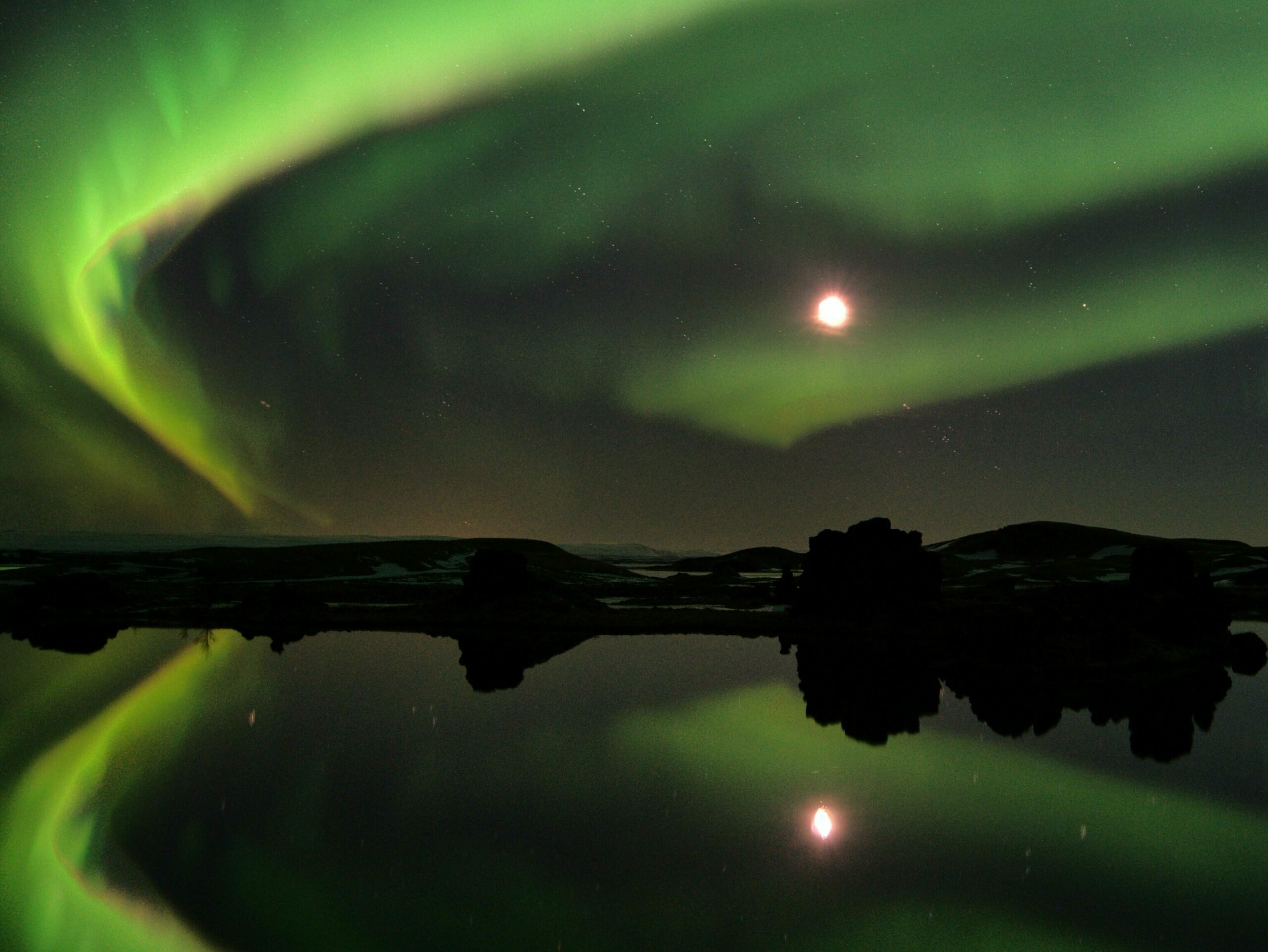
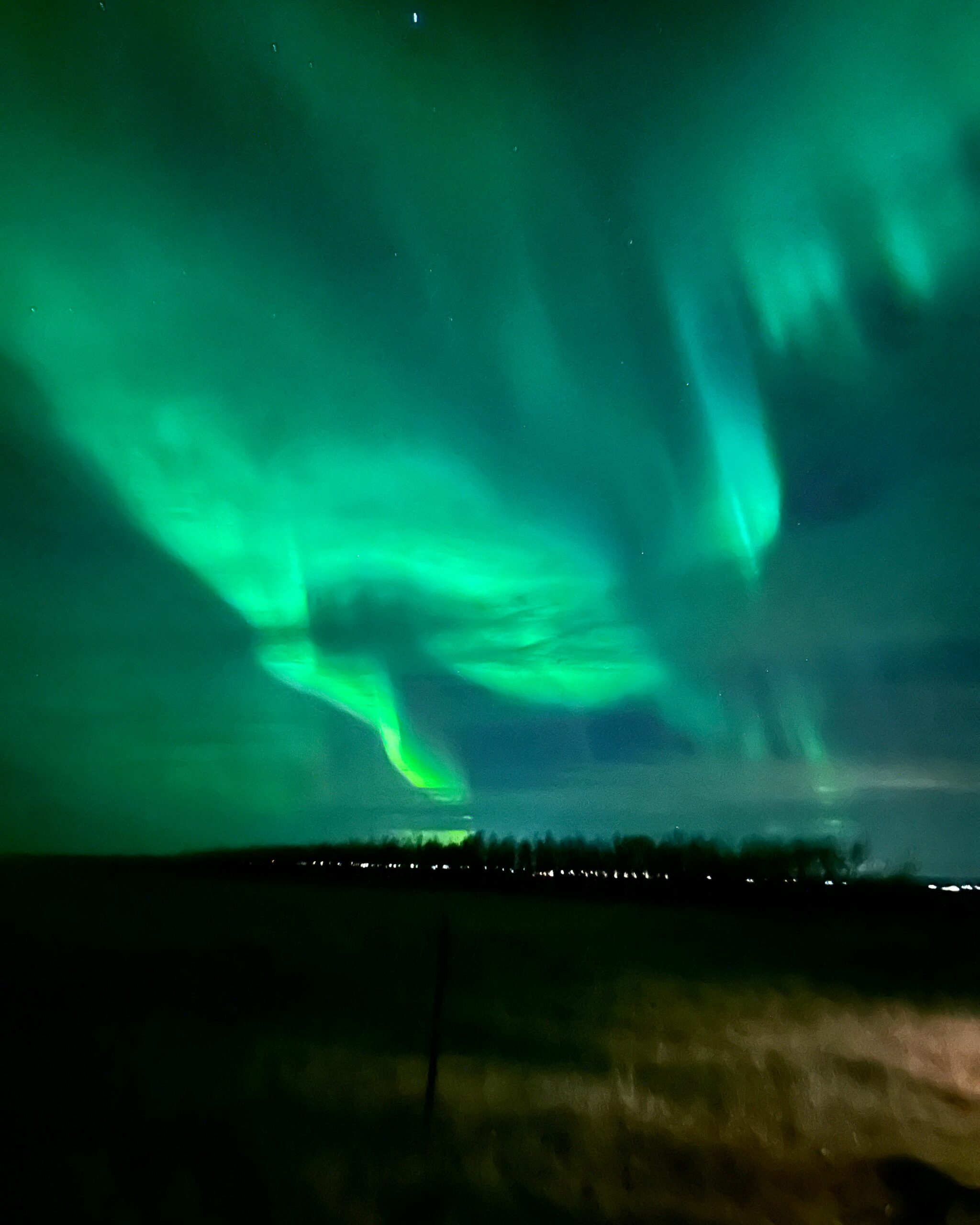
The beautiful migration bird comes to Iceland in April and leaves middle of August. There are several places around Iceland where you can see the puffins close. For example, in Westman Islands and in Dyrhólaey.
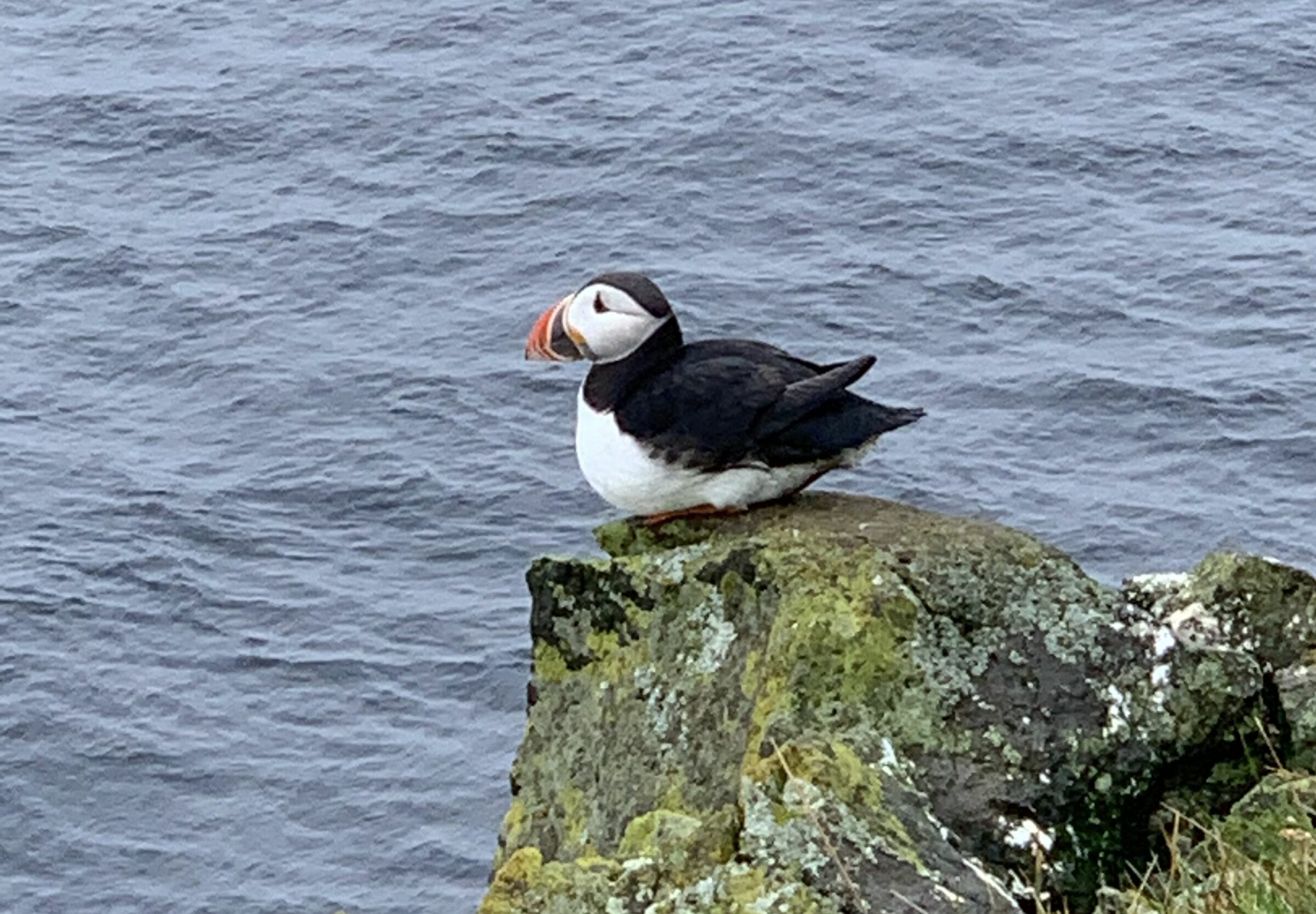
Please note that Embracing Iceland tours will take you to some of those places in a day tour. We can tailor make your trip only visiting those settings.
You might be very surprised. The weather in Iceland in generally very mild. But weather can be unpredictable and changes very frequently. Icelanders have a saying: „if you don’t like the weather then just wait 10 minutes“ and another saying is: “there is no such thing as bad weather, just bad clothing.”
No matter the season you should always pack wind and water-resistant outerwear, as well as thermal layers, especially when going on excursions and hiking tours
